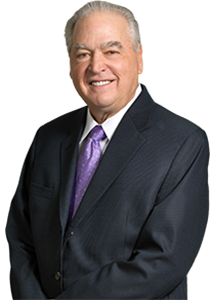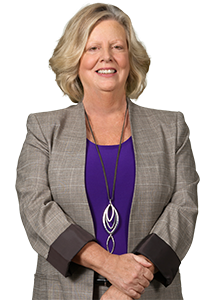The fourth sin is when the business owner makes the assumption that because the estate planning documents are complete, the succession plan is complete. An estate plan is a strategy for a person to take care of the people he or she cares about. The strategy incorporates two things: getting the right property to the right people at the right time and making sure the right people are making decisions when the client cannot. A succession plan is a plan designed to maximize the value of a business to take care of the people the business owner cares about: first the owner and the owner’s spouse, then the children and finally, future generations.
A properly designed estate plan should be a part of the overall succession plan. It should be the implementation of how all of the client’s property (including the business) will take care of the people the business owner cares about when the business owner cannot. But it is not the entire succession plan. The entire succession plan also addresses leadership of the business, the retirement income needs of the business owner and the family dynamics of the potential solutions. An estate plan might do those things, but often does not, blindly focusing on taxes and equalization by leaving all of the property equally to the children, with no thought on which, if any, of the children should be running the show. Business owners should have the estate plan drafted as a part of a successful, multi-faceted succession plan; doing these steps in a separate piecemeal fashion often leads to suboptimal results.











